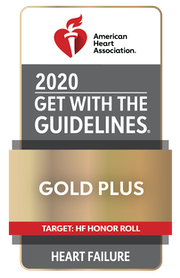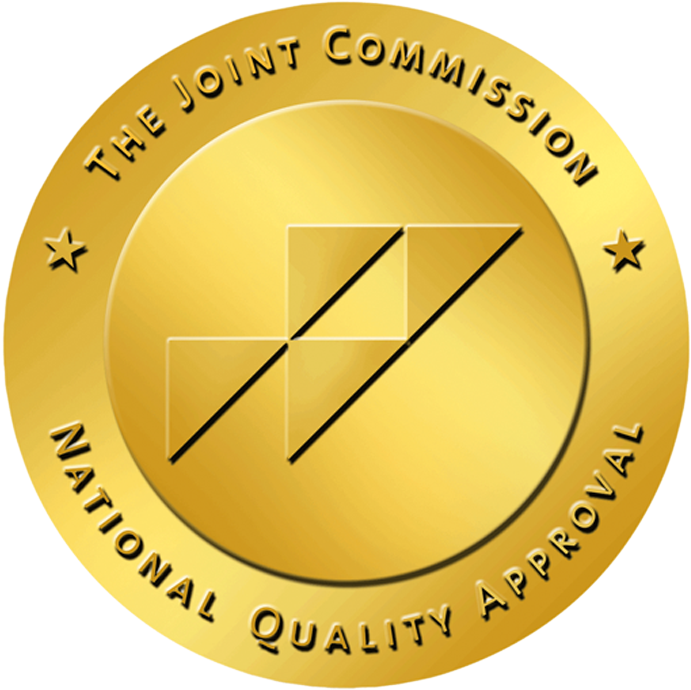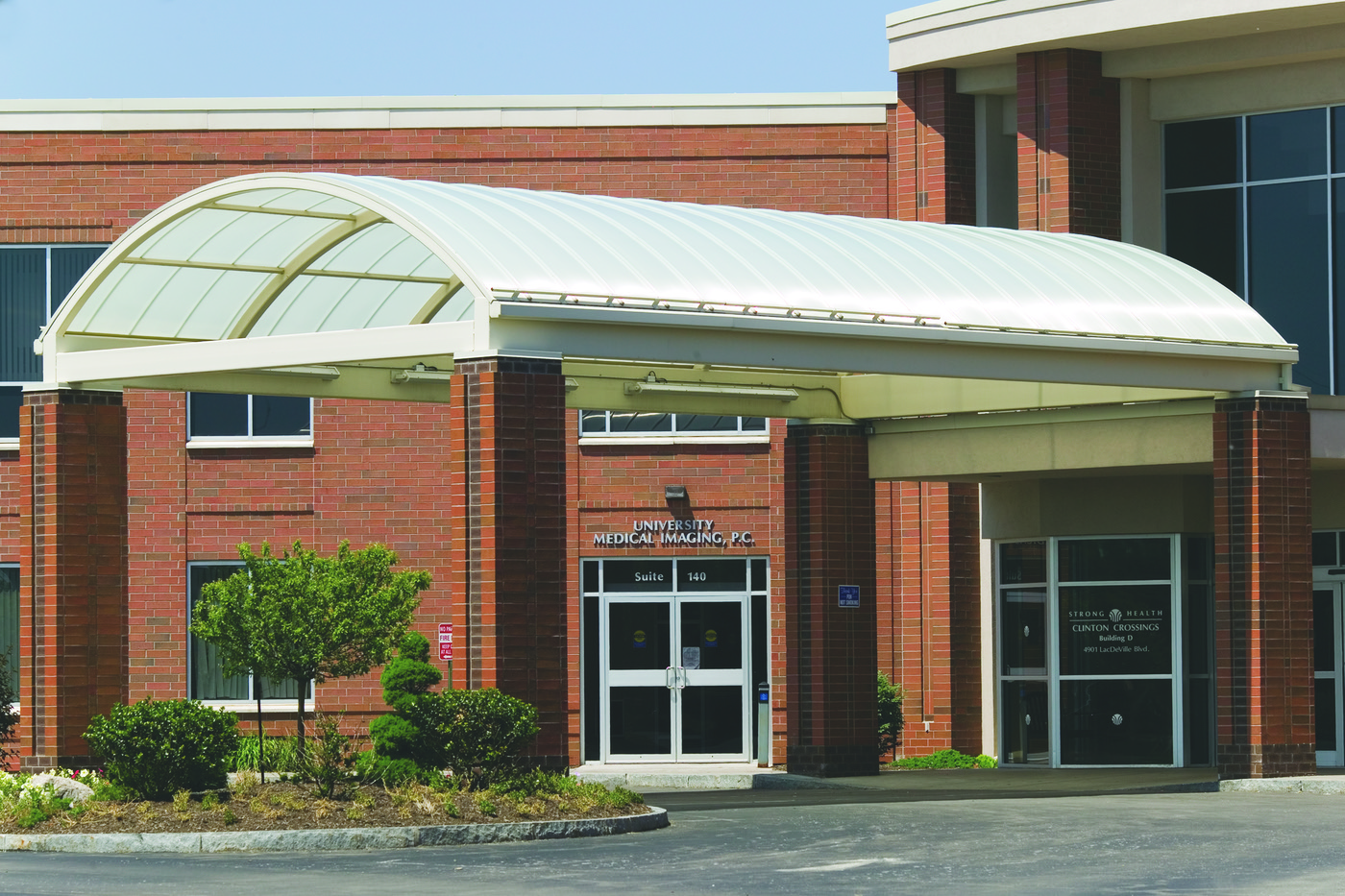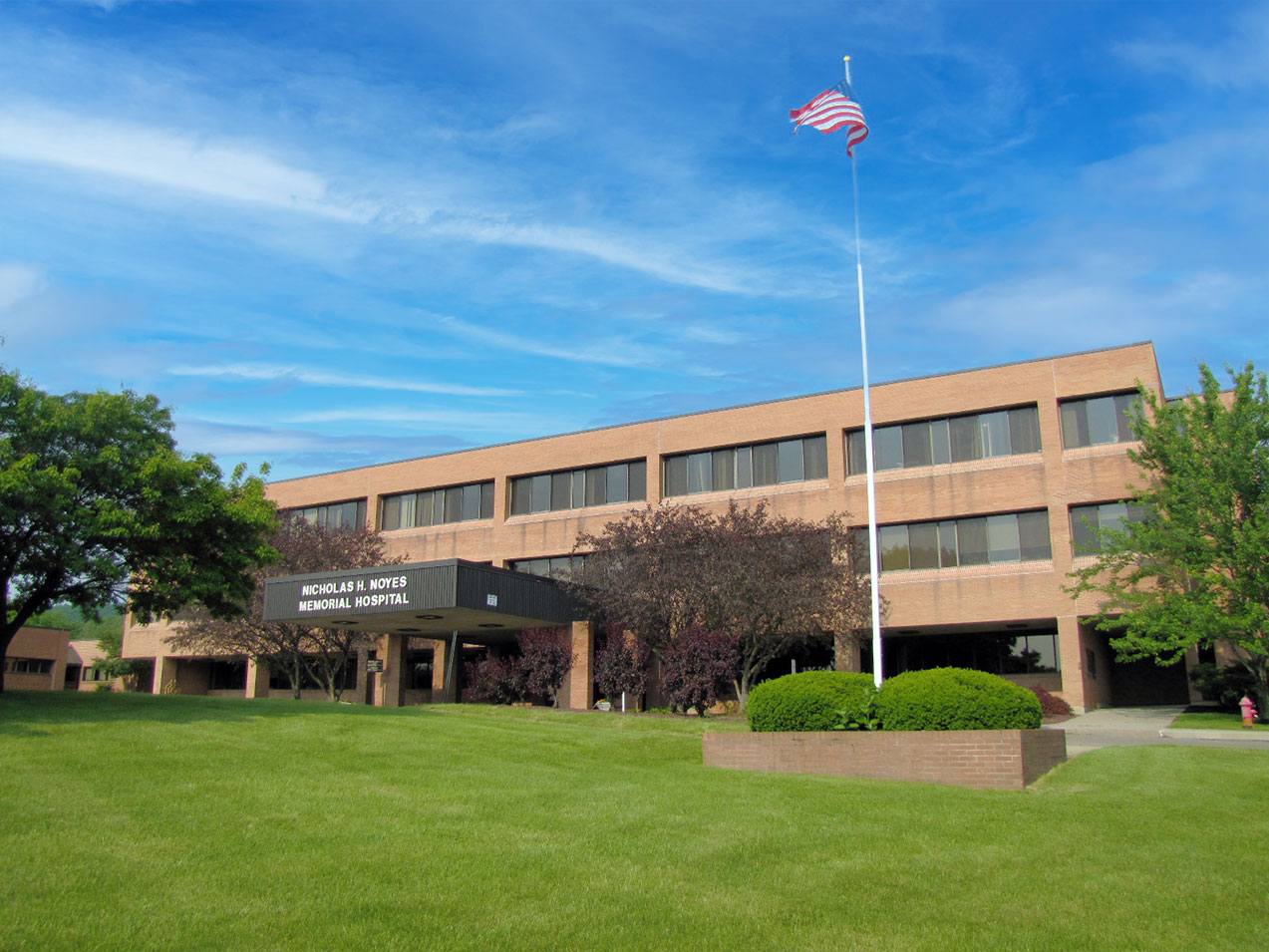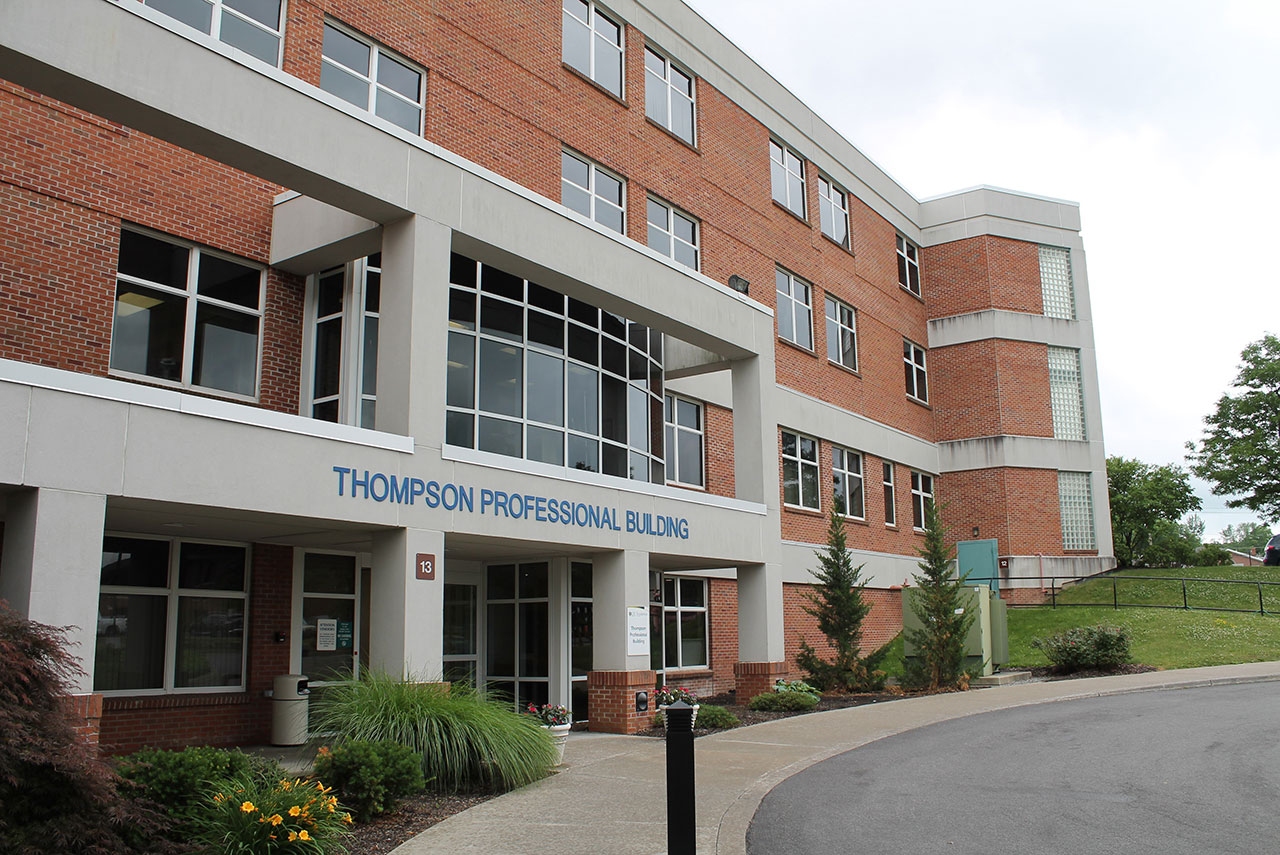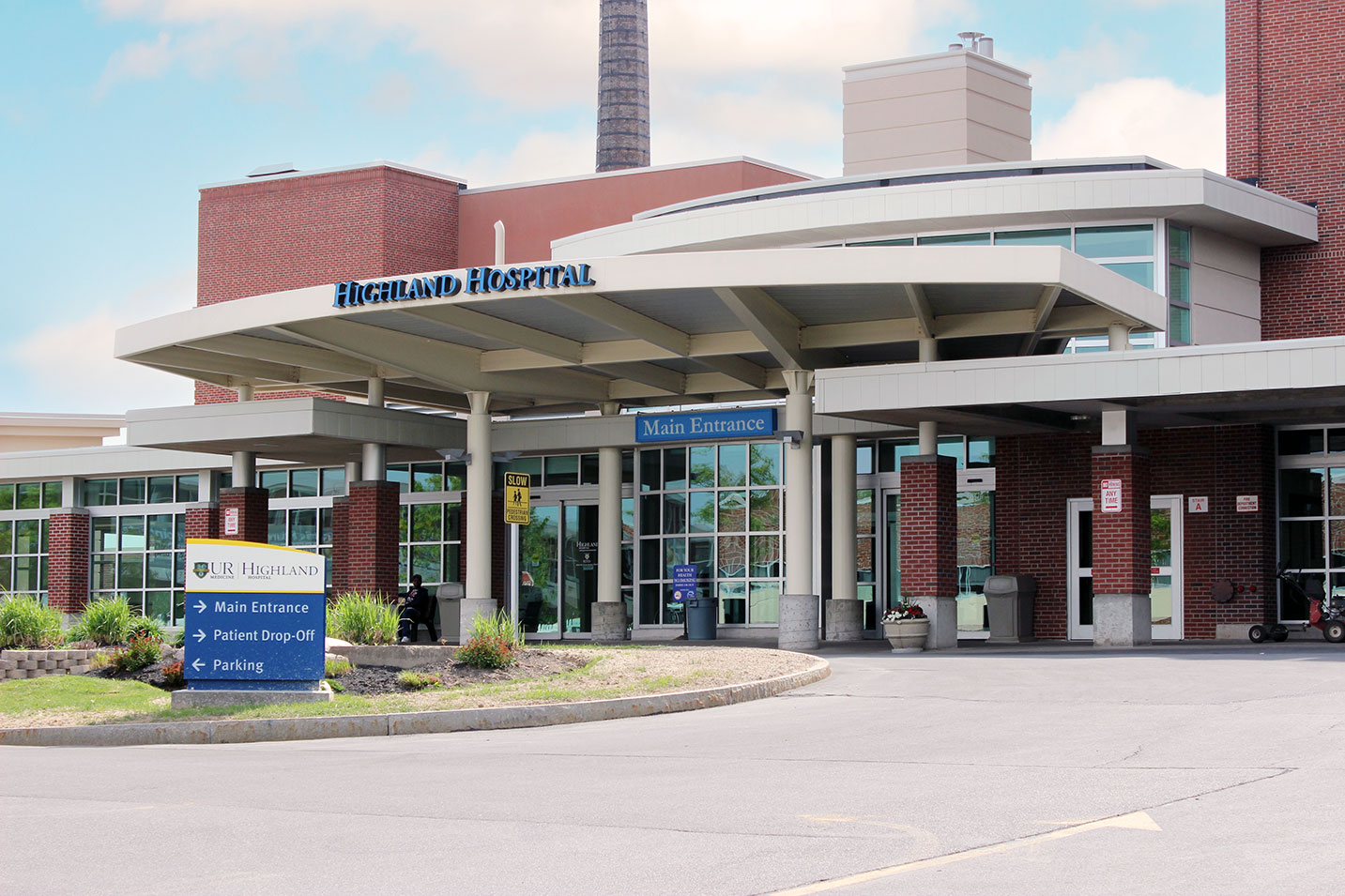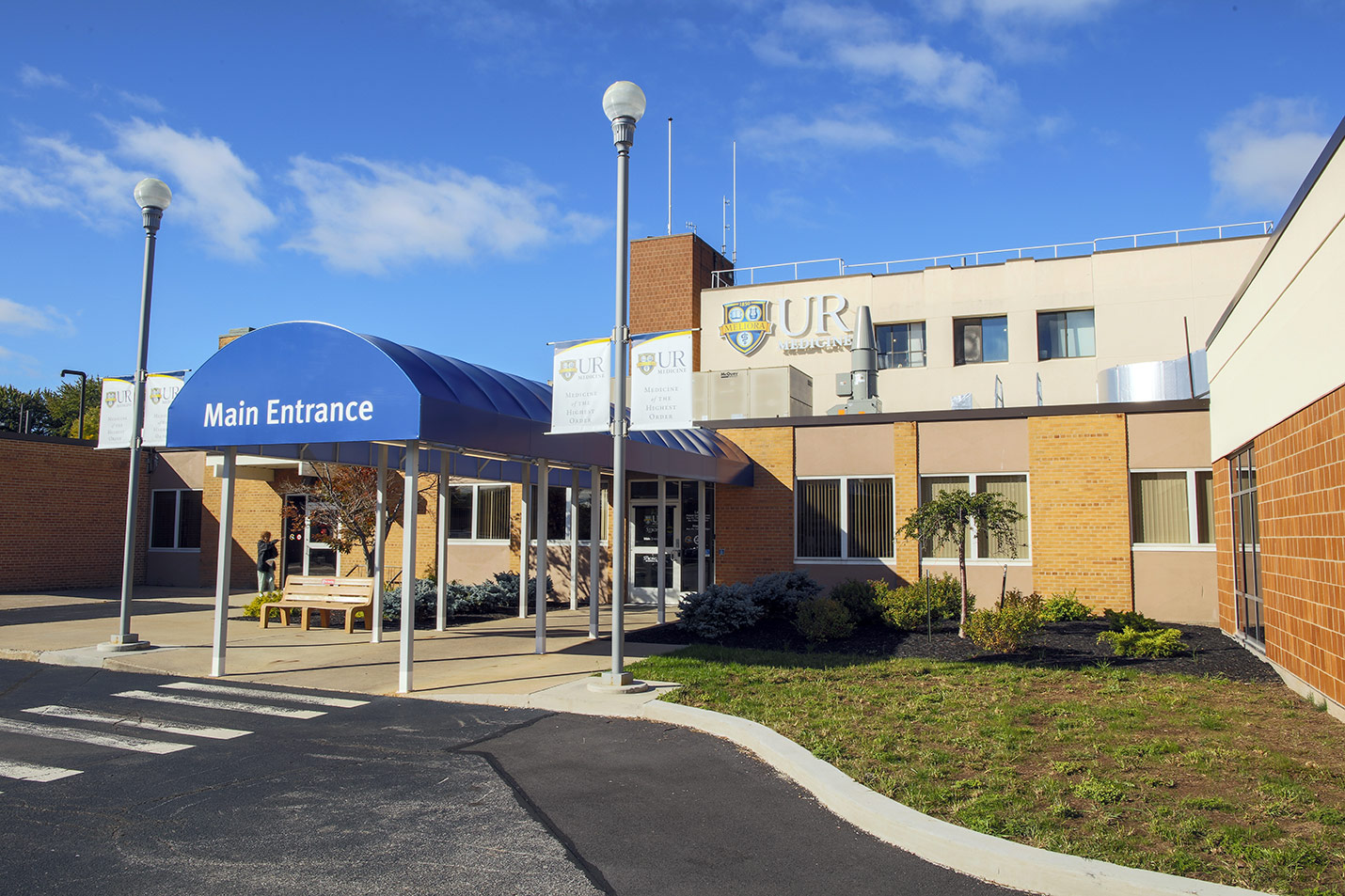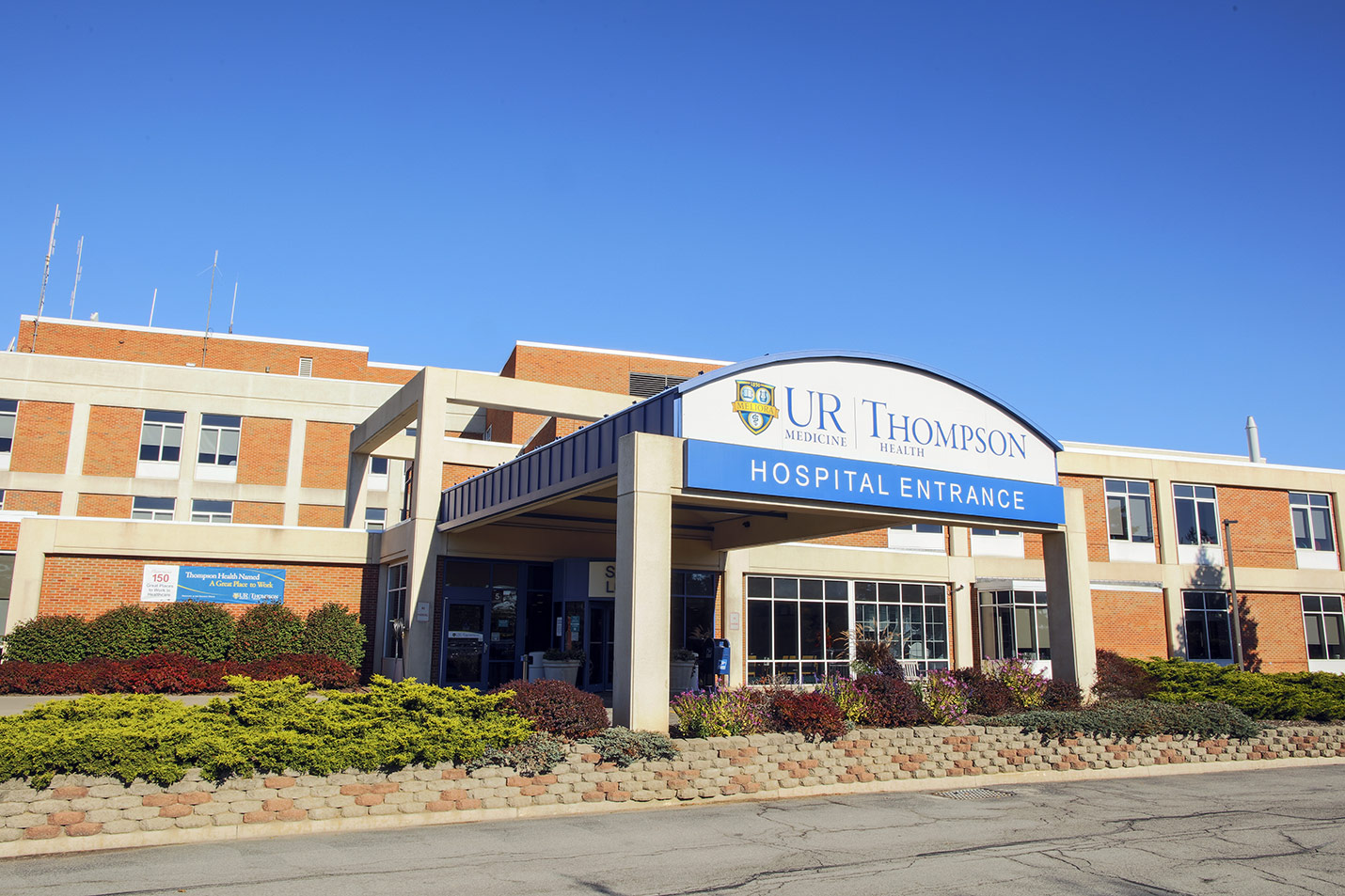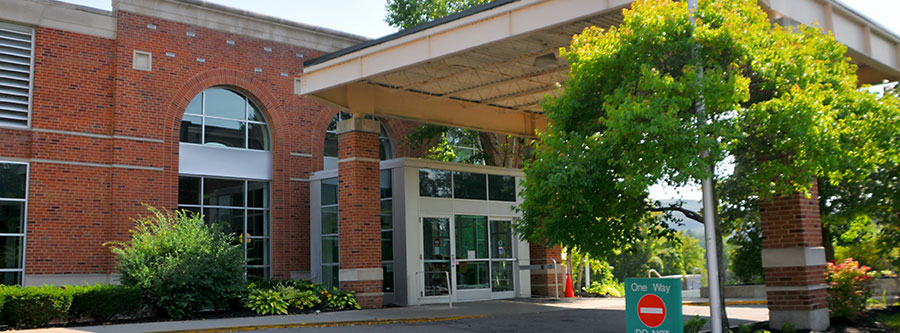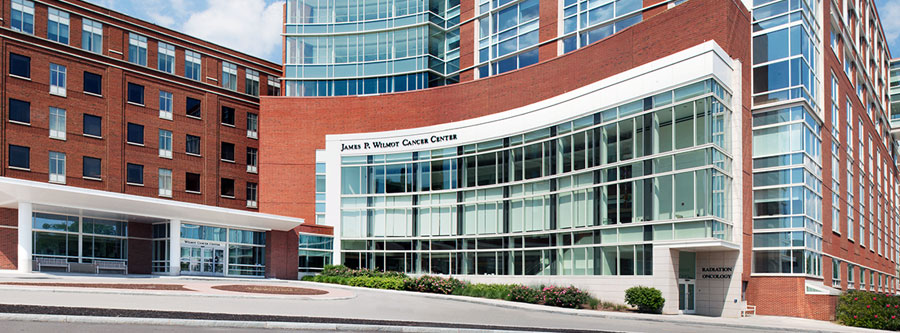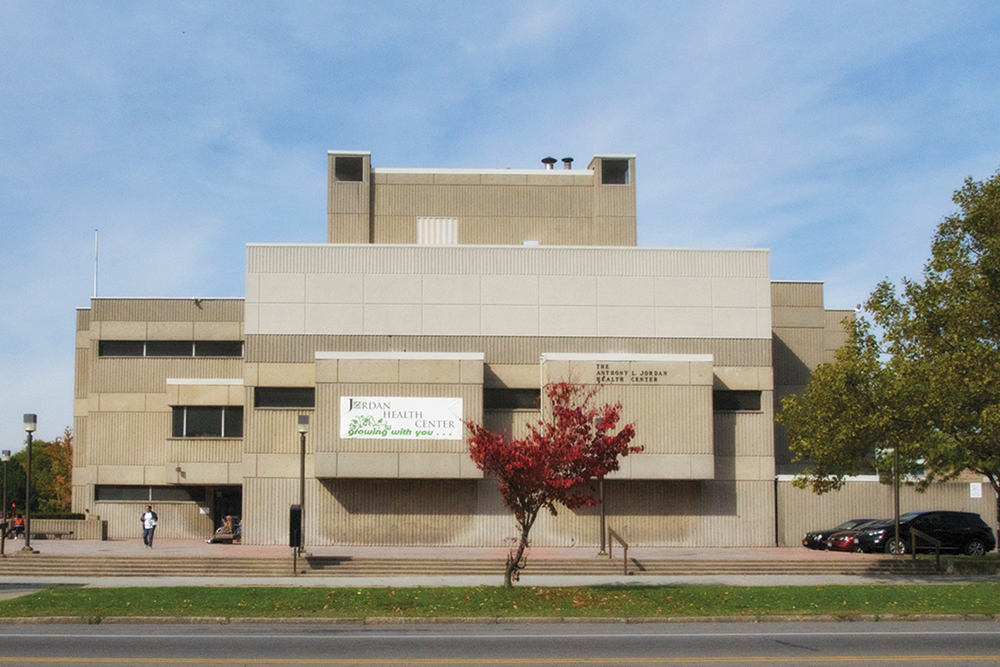Heart Failure
The region’s only complete care for Heart Failure
Make Appointments & Get Care
What is Heart Failure?
Heart failure occurs when your heart can no longer provide enough blood to keep up with your body's needs. Causes can include coronary artery disease, cardiomyopathy, heart attack, or congenital heart problems.
In many cases, heart failure can be treated effectively with medications. Advanced heart failure is when heart disease progresses despite treatments. Patients may gradually decline over years of treatment and develop symptoms at rest, very poor quality of life, and have escalating symptoms despite the best medical care. Patients can also quickly decline despite being on optimal treatments and being diligent with their medical care.
Symptoms of Heart Failure
Symptoms can range from mild to severe, including:
- Shortness of breath, particularly when exercising
- Inability to exercise or perform physical tasks
- Swelling in the legs, ankles or feet
- Sudden weight gain from retaining fluid
- Frequent urination late at night
- Recent and or recurrent hospitalizations for heart failure
UR Medicine's Approach
The Advanced Heart Failure Program at UR Medicine Cardiac Care gives hope to people with heart failure. It’s never too soon to reach out for a consult visit with our program. We welcome patients with all different types of cardiomyopathies to be seen in our clinic.
How Is Heart Failure Diagnosed?
To diagnose heart failure, your provider may order imaging or stress tests. At UR Medicine, we offer a wide range of diagnostic tests for heart failure. These include:
How Is Heart Failure Treated?
We offer advanced treatments, many of which are not available anywhere else in the Rochester metropolitan area and surrounding region. These include:
- Medications. Medications are the primary treatments we utilize to treat all patients with heart failure.
- Implantable devices. We currently offer the following clinical devices:
CardioMems — an implantable monitor which transmits real-time fluid data to the clinic. This allows the clinic to optimize daily medications and help keep patients out of the hospital.
Barostim — this is a minimally invasive procedure that involves places a small device under the skin in your chest which sends electric signals to your carotid artery to trigger the body to reduce heart failure symptoms, improving quality of life.
Implantable defibrillator (ICD) — This device is implanted surgically. If your heart should stop suddenly, the defibrillator will shock your heart back to its normal rhythm.
Ventricular assist devices (VADs), also known as “artificial heart pumps,” can be used to help your heart pump better. VADs are implanted in your heart and run on battery power. VADs have been shown to help extend and improve the lives of people with heart failure.
- Cardiac resynchronization therapy (CRT), a relatively new treatment, can help your heart pump more efficiently. A CRT device uses electrical signals to help the heartbeat in a more coordinated way.
- Heart transplant is for patients who have severe heart failure. Patients who have heart transplants often experience dramatic improvements in their health. Since donor hearts are in short supply, patients needing a heart transplant might need to wait months or even years for a heart to become available.
Patient Stories
Overcoming a Congenital Heart Defect
Rusty Lawrence was born with a congenital heart defect. Doctors didn't expect him to live past the age of three. By age 43, Rusty was dying of congestive heart failure. His only hope was a heart transplant.
What Sets Us Apart?
Our groundbreaking approaches at UR Medicine Cardiac Care are giving heart failure patients greater hope than ever before.
We’re the only center in Upstate New York to perform heart transplants, with outcomes comparable to the best heart transplant centers in the nation.
We’re one of the five largest VAD programs in the nation. Launched in 2001, our program has participated in nearly every major clinical study involving ventricular assist devices.
We’re the first team in the nation to implant a VAD by using the Sternal Sparing technique, which uses two small incisions instead of “cracking open” the chest. This means shorter hospitalizations, fewer complications and less pain—all contributing to a quicker return to normal life. Our pioneering work led to FDA approval, allowing other heart centers to follow our lead and benefit patients across the country.
We’re also one of the world's leading research centers on implantable defibrillators and cardiac resynchronization therapy.
Our program is the first in the Rochester metropolitan area and surrounding region to receive Advanced Certification from the Joint Commission for Heart Failure and for Ventricular Assist Devices.
And UR Medicine Cardiac Carer received a Gold Plus Performance Award from the American Heart Association, meeting the highest standards for treating heart failure, coronary artery disease, and stroke.
Our program prides itself on personal attention and accessibility, bringing patients:
- Experts in in heart transplantation, with over 300 heart transplants performed since 2001.
- Experts in mechanical assist devices, with more than 900 VADs implanted since 2001.
- Excellent outcomes that compare favorably to the best heart transplant centers in the nation.
- A comprehensive approach to your care by working with a team of primary cardiologists & specialists, pharmacists, social workers, and registered dietitians.
Locations
View All LocationsWe serve you in the Rochester metropolitan area and surrounding region.
View All Locations26 locations
Clinton Crossings, Building G
2400 South Clinton Avenue, 1st Floor
Rochester, NY 14618
Noyes Memorial Hospital
111 Cara Barton Street
Dansville, NY 14437
Thompson Professional Building
395 West Street, Suite 307
Canandaigua, NY 14424
Finger Lakes Cardiology
410 Clifton Springs Professional Park
Clifton Springs, NY 14432
48 East South Street, 2nd Floor
Geneseo, NY 14454
Highland Hospital
1000 South Avenue
Rochester, NY 14620
999 East Ridge Road, Suite 1000
Rochester, NY 14621
Eastside Family YMCA
1835 Fairport Nine Mile Point Road, Suite 200
Penfield, NY 14526
Calkins Corporate Park (Red Creek)
600 Red Creek Drive, Suite 100
Rochester, NY 14623
Lifecare Medical Associates
1991 Balsley Road
Seneca Falls, NY 13148
Strong West
156 West Avenue, 3rd Floor
Brockport, NY 14420
Jones Memorial Hospital
191 North Main Street, 3rd floor
Wellsville, NY 14895
St. James Medical Office Building
7309 Seneca Road North, Suite 104
Hornell, NY 14843
Canal View Office Complex
140 Canal View Boulevard, Suite 104
Rochester, NY 14623
Ambulatory Care Center at Strong Memorial Hospital
601 Elmwood Avenue, Ground Floor
Rochester, NY 14626
Canal View Office Complex
140 Canal View Boulevard, Suite 102
Rochester, NY 14623
FF Thompson Hospital
350 Parrish Street
Canandaigua, NY 14424
Jones Memorial Hospital
191 North Main Street
Wellsville, NY 14895
Wilmot Cancer Institute
601 Elmwood Avenue, 1st Floor, Suite C
Rochester, NY 14642
Anthony L. Jordan Health Center
82 Holland Street
Rochester, NY 14605
84 Canal Street, Suite 8
Big Flats, NY 14814
Southview Commons
400 White Spruce Boulevard, Suite A
Rochester, NY 14623
Related Services & Conditions
- Cardiac Rehabilitation
- Cardiomyopathy
- ECMO (Extracorporeal Membrane Oxygenation)
- Hypertrophic Cardiomyopathy (HCM)
- Pulmonary Embolism
- Sarcoidosis
- Transcatheter Aortic Valve Replacement (TAVR)
- Ventricular Assist Device (VAD)
- Heart Transplant
- Adult Congenital Heart Disease
- VAD Resources
- Cardiology
- Palliative Care
- Surgery
- Cardiac Biopsy
- Holter and Event Loop Monitoring
- Amyloidosis
- Low Blood Pressure
- Hospital at Home
